On March 27, 2024, multiple regions in Inner Mongolia experienced a sandstorm, with the sky turning an orange-red hue. A terrifying wall of yellow sand advanced rapidly, and provinces including Hebei, Heilongjiang, Jilin, Liaoning, and the capital Beijing were all struck by the sandstorm. (Composite screenshot from video footage)
[People News] On April 20, The Paper reported that Beijing was hit by the strongest sandstorm in 75 years. A total of 693 flights were cancelled at both the Capital and Daxing airports, major tourist sites such as the Summer Palace were closed, and residents' lives were severely disrupted. NBC News reported that the sandstorm was linked to climate change and worsening desertification in Inner Mongolia. On X (formerly Twitter), netizens complained about the deteriorating air quality, with some sarcastically noting, “There are promises to tackle sandstorms every year, and every year they fail.” Although Chinese authorities claim to have invested 50 billion yuan in desert control, the frequency of sandstorms in northern China actually rose by 20% in 2024. Public dissatisfaction with environmental policies is spreading online, becoming a hot social issue.
Beijing’s sandstorm is not just a natural disaster, but also a reflection of failed environmental governance. The most intense storm in 75 years plunged the capital into chaos — flights cancelled, landmarks shut down, and residents heading out in masks with mounting frustration. One user on X wrote: “It’s been ten years, and the sandstorms are still the same. Where’s the governance?” Despite an official investment of 50 billion yuan to combat desertification, sandstorms have become more frequent, raising serious questions about the efficiency of funding and policy implementation. Excessive development in Inner Mongolia, coupled with the regime's recent focus on high-tech industries and infrastructure projects, has pushed environmental management to the sidelines, giving sandstorms free rein.
Now, in the context of the China–U.S. trade war, with looming threats of 245% tariffs and a slowing economy, government finances are stretched thin, and local governments lack the incentive to advance environmental efforts. Compared to the 2000s, when the “Three-North Shelterbelt Program” effectively mitigated sandstorms, its impact today is dwindling. Public discontent is spreading from X to Weibo, with users asking, “The economy’s already like this — how can we expect anything from the environment?” The sandstorm has exposed the dual crisis facing the regime: economic strain and environmental decay. Under CCP rule, environmental degradation continues to erode public trust and poses a looming threat to social stability. Beijing’s sky may be covered in dust, and so are the hearts of its people. △
(First published by People News)


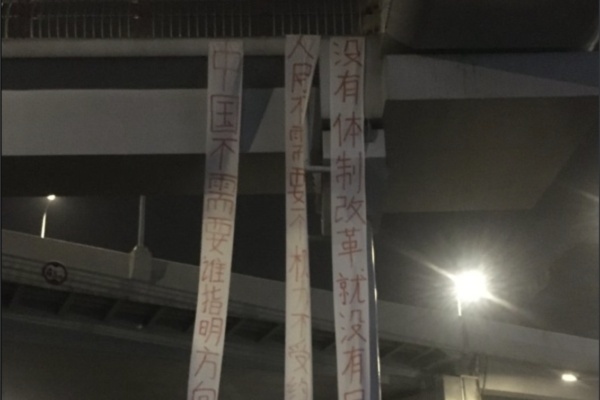

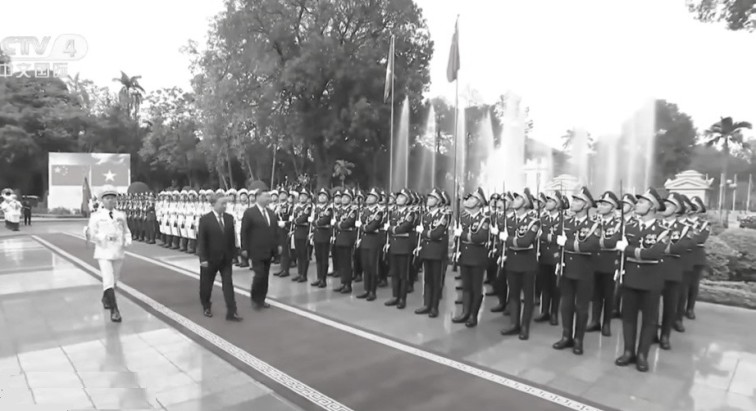
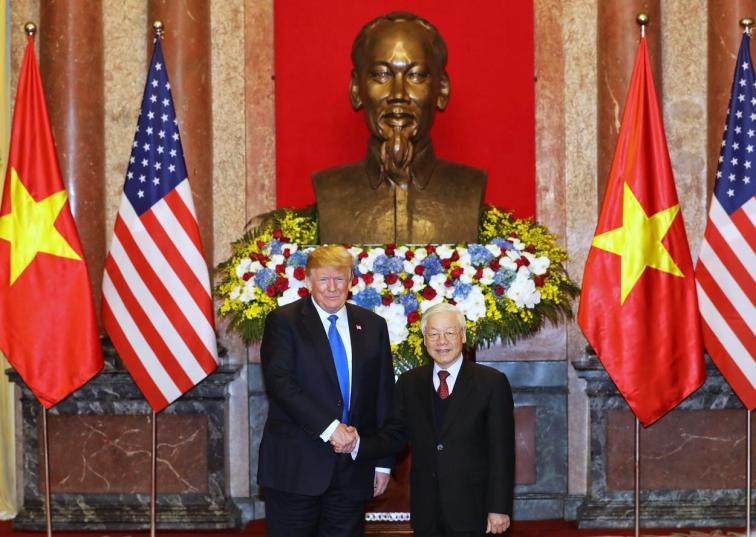

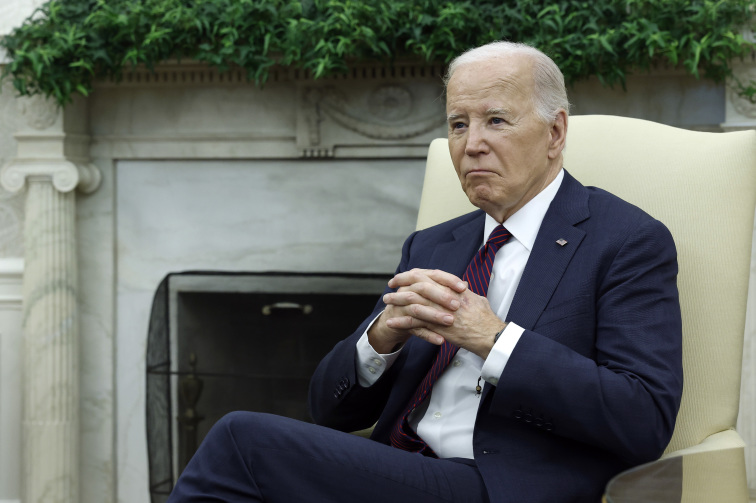

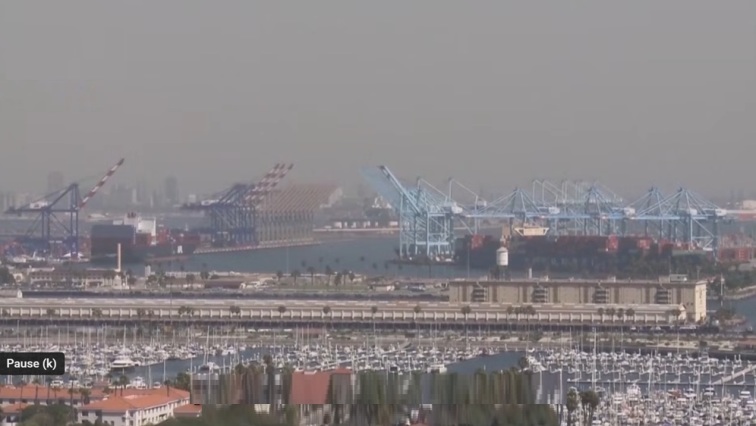

News magazine bootstrap themes!
I like this themes, fast loading and look profesional
Thank you Carlos!
You're welcome!
Please support me with give positive rating!
Yes Sure!